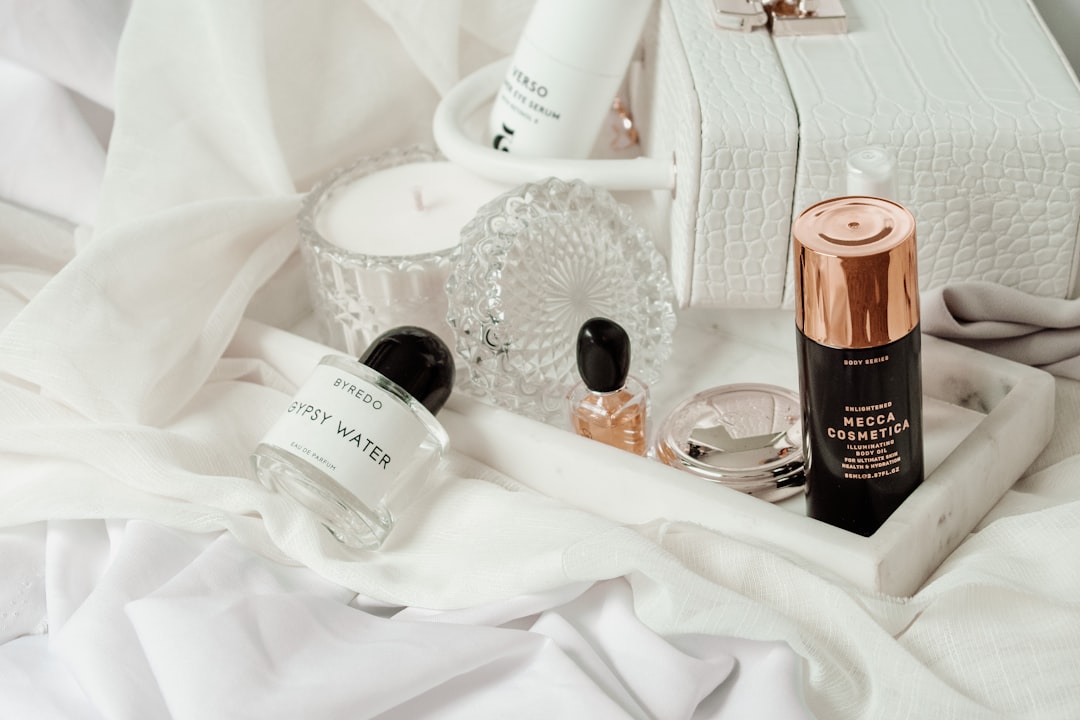The Art of Contouring: A Beginner’s Guide
Contouring has taken the beauty world by storm in recent years. From A-list celebrities to everyday individuals, everyone seems to be obsessed with achieving perfectly sculpted cheekbones and a chiseled jawline. But if you’re new to the world of contouring, the plethora of products and techniques available can be overwhelming. Fear not, as this beginner’s guide will break down the basics and help you master the art of contouring.
What is Contouring?
Contouring is a makeup technique that involves using different shades of foundation, powder, or cream to create the illusion of shadow and light on your face. By strategically placing darker shades in areas you want to recede and lighter shades on areas you want to highlight, you can define and enhance your facial features.
1. Know your face shape
Understanding your face shape is essential when it comes to contouring. The most common face shapes are oval, round, square, heart, and diamond. Each shape requires a different contouring approach. For example, if you have a round face, you will want to focus on elongating the face by contouring along the temples and jawline.
2. Start with a clean canvas
Before you begin contouring, ensure that your face is clean and moisturized. Apply a primer to create a smooth base for your makeup. This step will ensure better adherence and longevity of your contouring products.
3. Choose the right products
Contouring can be done using different products such as powder, cream, or liquid formulas. Powder is typically more beginner-friendly as it is easier to blend. However, cream or liquid formulas provide a more natural and seamless finish. Regardless of the formula you choose, opt for shades that are two to three shades darker than your natural skin tone for contouring and two to three shades lighter for highlighting.
4. Map out your face
To achieve a flawless contour, it’s important to understand where to place the products. Use a makeup brush or your fingertips to feel the natural hollows and high points of your face. For example, the hollows of your cheeks are perfect for contouring, while the high points of your face, such as the forehead, bridge of the nose, and cupid’s bow, are ideal for highlighting.
5. Blend, blend, blend
Blending is the key to achieving a seamless contour. Use a makeup sponge, brush, or your fingertips to blend the products into your skin. Start by blending the darker shade in the hollows of your cheeks, temples, and jawline using quick, light strokes. Then, blend the lighter shade on the high points of your face, such as the center of your forehead, bridge of your nose, and cheekbones. Remember to blend in upward motions for a lifted effect.
6. Set your contour
To ensure that your contour lasts all day, set it with a powder or a setting spray. This step will prevent any unwanted smudging or fading of your beautifully sculpted face. Using a fluffy brush, gently dust a translucent powder over the areas you have contoured.
7. Practice makes perfect
Contouring is a skill that takes practice to master. Experiment with different products, techniques, and placements to find what works best for you. Remember, practice makes perfect, so don’t be discouraged if your first attempt doesn’t turn out as expected.
Contouring can be intimidating, but once you understand the basics and practice regularly, it becomes an effortless part of your beauty routine. With the right products, tools, and technique, you’ll be able to enhance your natural features and achieve a flawlessly contoured face. So, grab your brushes, embrace your inner artist, and start sculpting!

